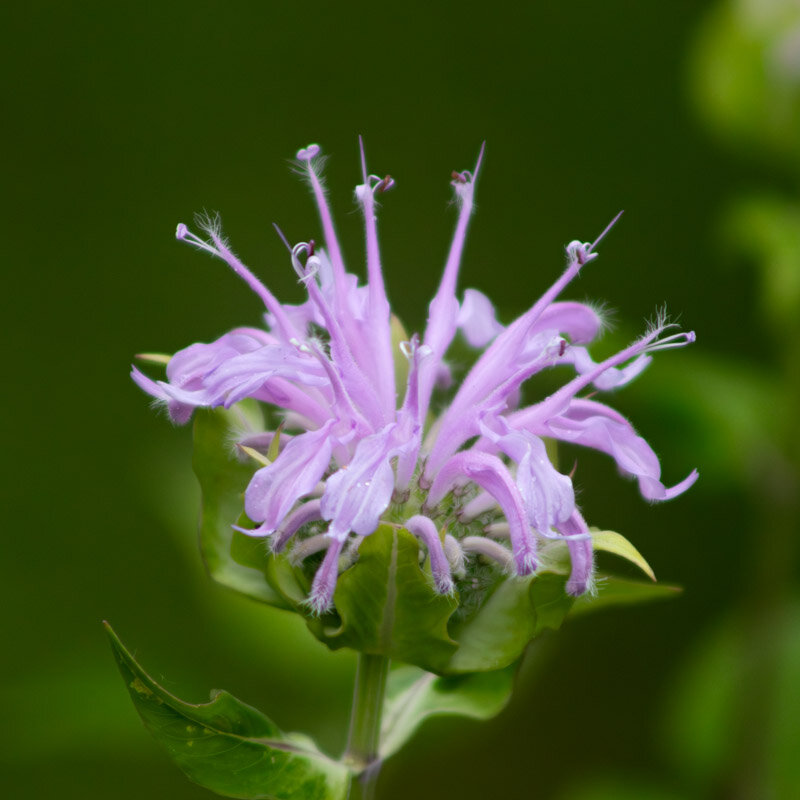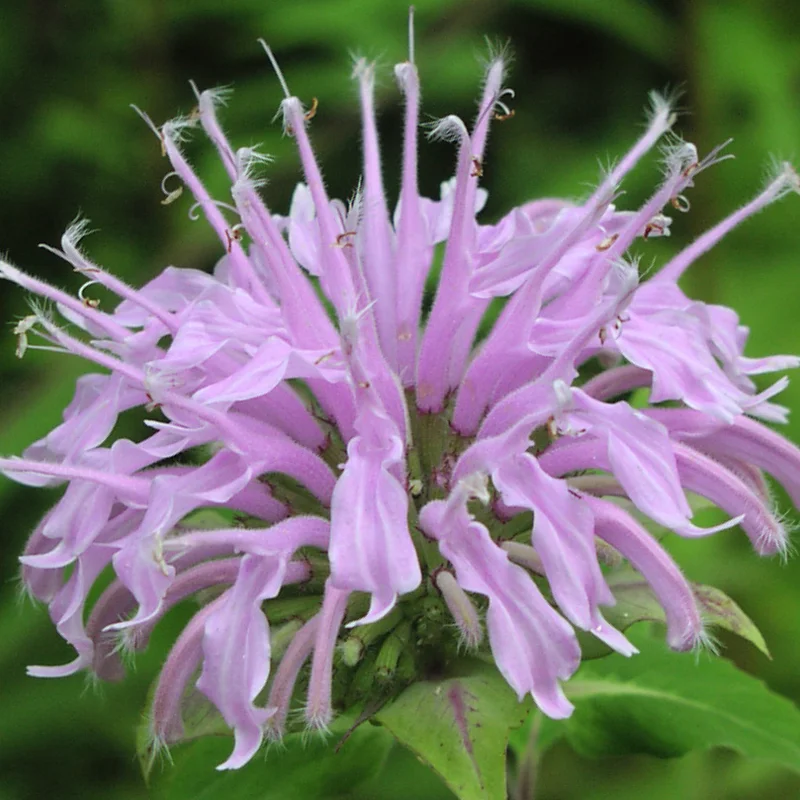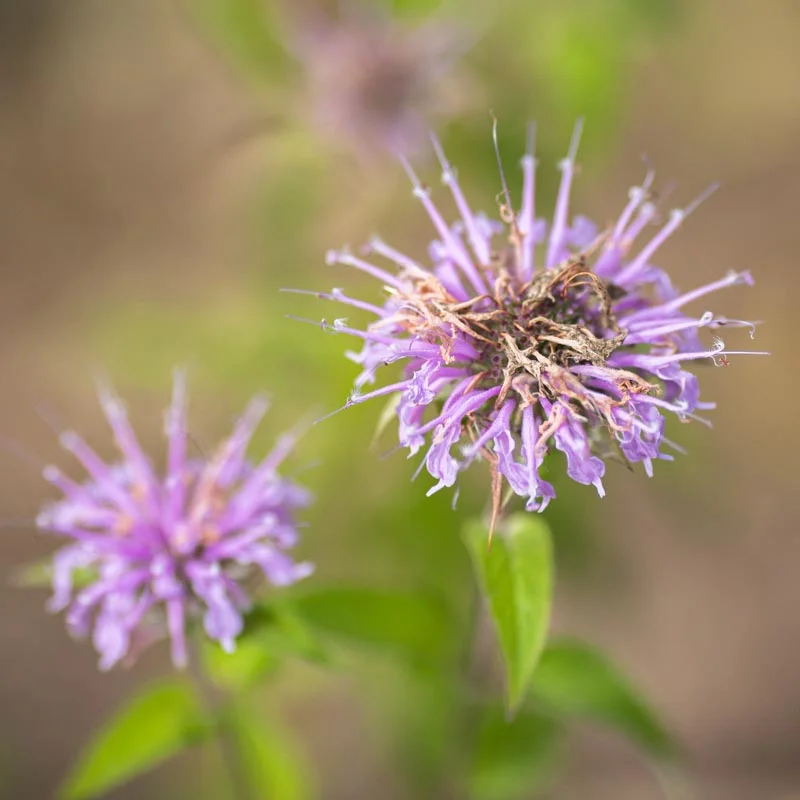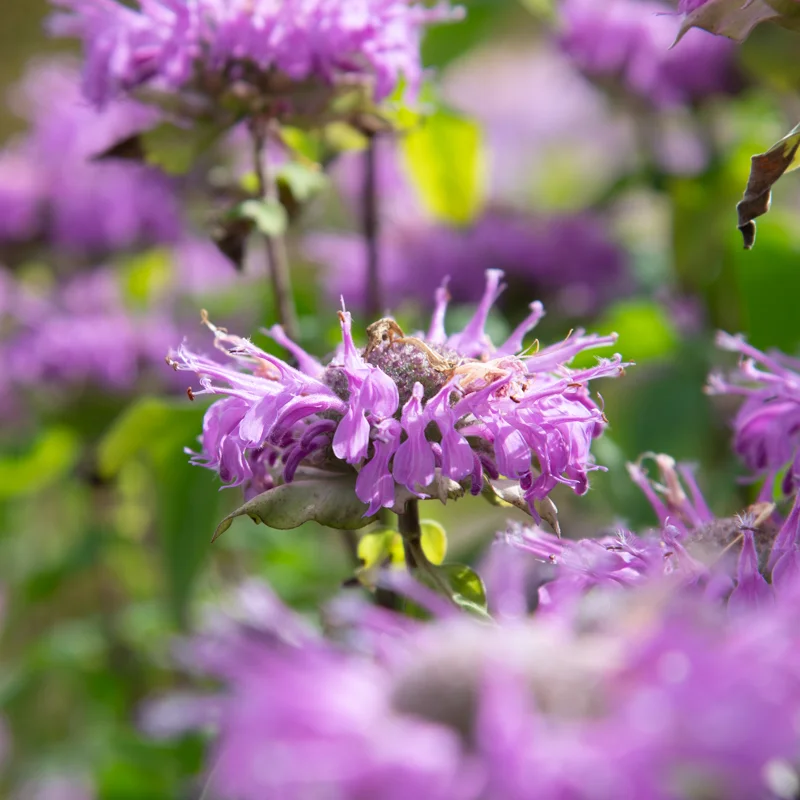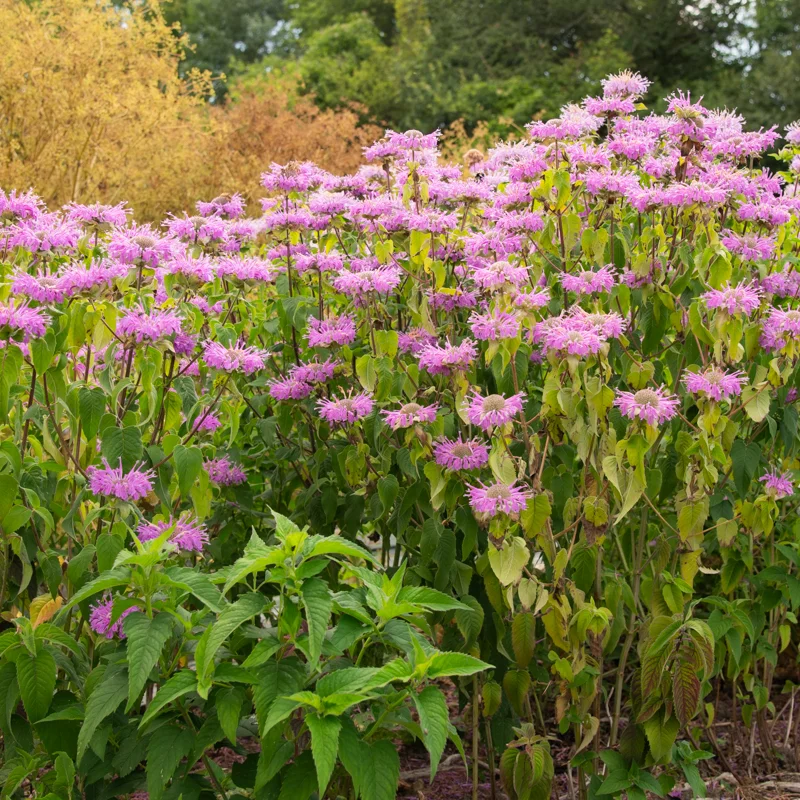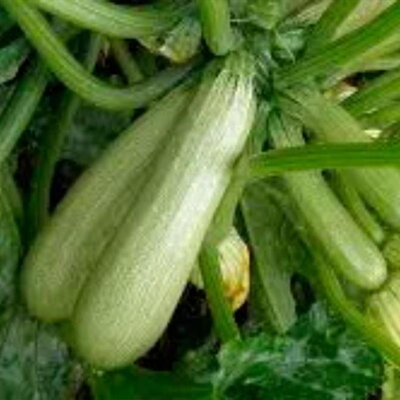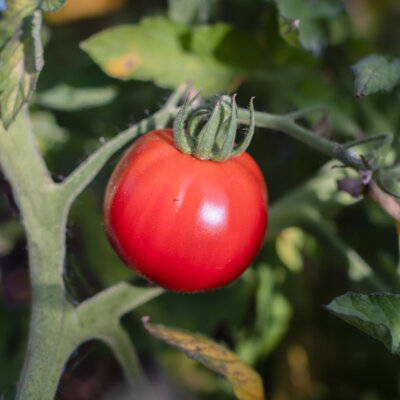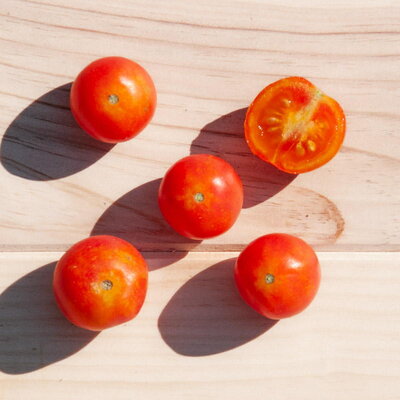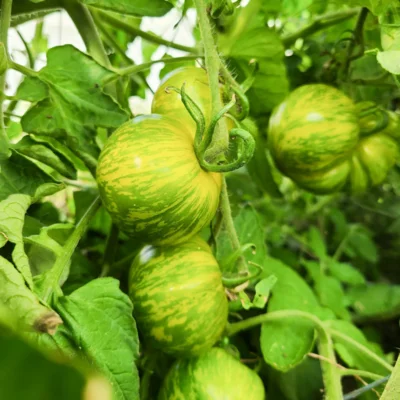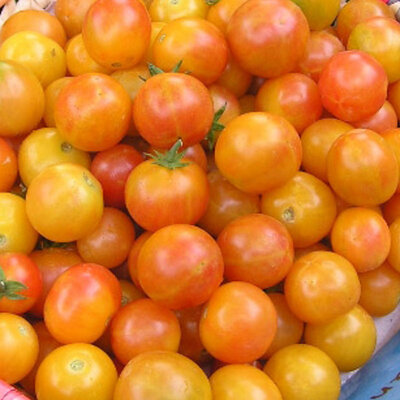Monarda fistulosa - Monardes
This hardy perennial grows to a height of 1.5 m, and from June to September it produces an abundance of particularly fragrant, ruffled mauve flowers. Its flowers and leaves can be used to flavor all kinds of recipes and herbal teas.
These products may also be of interest to you
in bucket
Sow in pots, under light cover, at a temperature between 15 and 20°C, 8 to 10 weeks before transplanting. Loosely cover seeds, press lightly and keep moist until emergence. Transplant when plants are 10 cm tall.
In mild climates, it is also possible to sow in autumn. Monards prefer a partly shady spot in the garden. However, they can be exposed to full sun if the soil is damp.
March, April, May, September, October, November
July, August, September
in the ground, in pot, in the greenhouse
semi-shade, sunny
medium
clayey, limestone, humus
drained, light, rich
Monarda fistulosa
mid-season
300 seeds
Purple
edible, fragrance
From 100 to 150 cm
elongated
North America
Native American peoples such as the Sioux, Flathead, Chippewa, Blackfoot, Cheyenne, Tewa, Pueblo, Apache, Chiricahua, Acoma, Mescalero, Kutenai and Lakota used it to treat the following conditions: colds, gastritis, skin problems, eye inflammation, kidney problems, sore throats, heart problems and respiratory problems. This species was used as a diaphoretic, analgesic, sedative and febrifuge.



